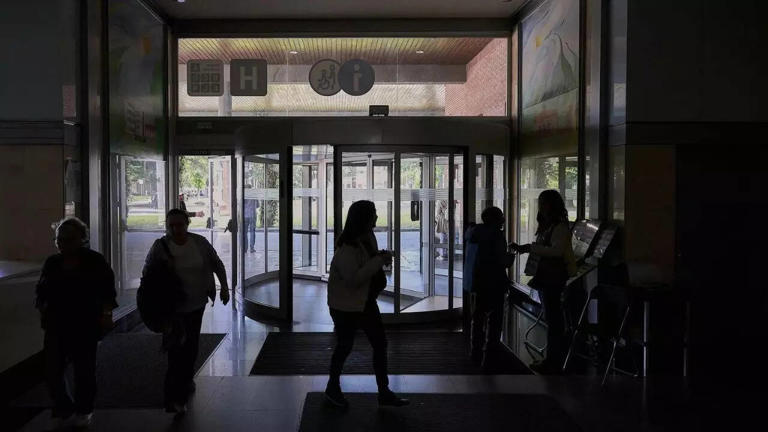A widespread and sudden power outage recently swept across multiple parts of Europe, raising alarm among citizens, governments, and security analysts alike. While power has been restored in most affected areas, many questions remain unanswered. What caused the blackout? Was it accidental, systemic, or deliberate? Here’s what we know so far.
The Scope of the Outage
On [insert date], large parts of Europe experienced a synchronized failure of their electrical systems. Countries reportedly affected include Germany, Poland, Austria, Italy, and Hungary, with varying degrees of disruption.
- In some cities, street lights went out and public transport systems halted.
- Airports and hospitals switched to emergency generators.
- Millions of homes faced temporary blackouts.
- Internet services and financial systems were interrupted in several regions.
This was not an isolated incident — it was a systemic shock to the European power grid.
What Caused It? Preliminary Findings
Initial reports from European Transmission System Operators (ENTSO-E) indicate that the blackout was triggered by a sudden frequency imbalance in the continental power grid — a delicate system that operates on precise synchronization.
A fault occurred on a high-voltage line, likely due to:
- Technical malfunction
- A maintenance error
- Automatic safety mechanisms disconnecting parts of the grid to prevent damage
Despite rumors, no conclusive evidence currently supports the theory of a cyberattack or sabotage — though authorities have not ruled out external interference.
The Role of Cross-Border Grid Dependency
Europe operates one of the most interconnected energy grids in the world. While this interconnectedness promotes energy sharing and stability in normal times, it also means:
- A failure in one region can ripple across borders
- National systems are vulnerable to regional disruptions
- Coordination between operators is critical — and any breakdown can have cascading effects
This incident highlighted both the strengths and weaknesses of Europe’s energy cooperation.
Speculations and Theories
Due to the mysterious and large-scale nature of the outage, several unconfirmed theories have emerged:
- Cyberattack: Some experts suggest a foreign state actor may have probed the grid’s defenses.
- Climate activists or local sabotage: Others suspect targeted physical tampering, though no claims of responsibility have surfaced.
- Aging infrastructure: Critics argue Europe has underinvested in modernizing its grid systems, making them vulnerable to overloads.
So far, no group or nation has been officially named as responsible.
Impact on Daily Life and Business
The power cut affected not just households but also:
- Public transportation: Major delays and temporary shutdowns
- Financial systems: ATM and POS outages in some regions
- Digital infrastructure: Loss of internet access for homes and businesses
- Health services: Emergency backup systems were deployed to maintain operations
Though brief, the disruption served as a wake-up call about the fragility of modern life’s dependence on stable electricity.
What Comes Next?
European officials have launched a full investigation to determine:
- The precise technical failure
- Whether it was caused by human error or external interference
- How to prevent future incidents through better monitoring, investment, and contingency planning
The EU Commission has also called for a security review of key infrastructure, including energy grids and data centers.
Conclusion: A Signal, Not Just a Symptom
The European power cut was more than a blackout — it was a stress test. It revealed how interconnected systems, while efficient, are also vulnerable. Whether it was a fault or a deliberate act, the message is clear: energy resilience and cybersecurity must become top priorities in a rapidly electrifying world.











